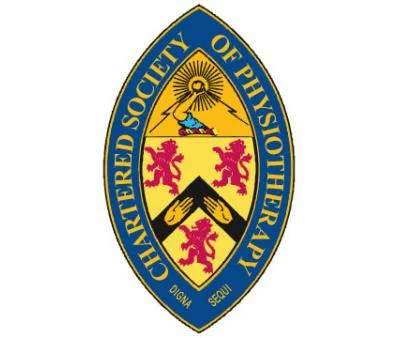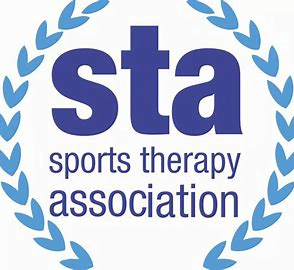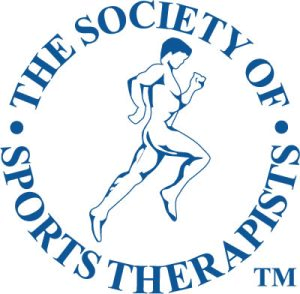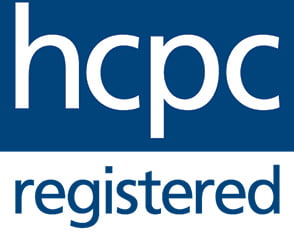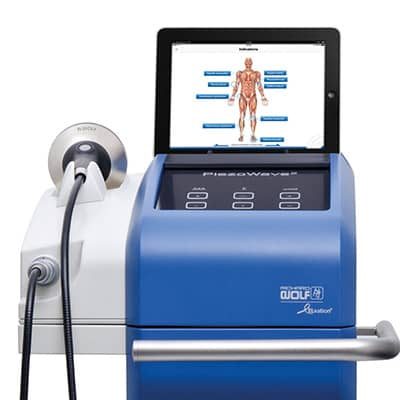As with many MSK conditions, treatment starts with conservative measures.
For plantar fasciitis, typical intervention includes:
- Rest, ice, and pain medication.
- Supportive shoes/arch supports/insoles
- Stretching exercises
MSK therapists sometimes do soft tissue work or acupuncture up through the calf/soleus with some advising a corticosteroid injection, usually as a last resort.
As we know, an injection has side effects and doesn’t always give long-term relief. Plantar fasciitis, as we can all agree, can be a really stubborn one to deal with. So having a non-invasive, safe, quick, and effective treatment would be really useful.
Step in shockwave.

How can shockwave therapy treat plantar fasciitis?
Shockwave therapy is used to stimulate healing. Many now use shockwave as a first-line treatment for this condition.
Radial and focused shockwave can both treat plantar fasciitis effectively. There are hundreds, if not thousands, of studies proving its’ safety and efficacy for plantar fasciitis to primarily reduce pain and improve function.
Both are delivered by an MSK therapist at Banbury Private Physiotherapy Practice, and it is highly recommended the treatment is supported by exercise and stretches.
The application of treatment is very simple. Set the patient up and expose the foot, palpate, and find the “sore spot(s)” set your parameters, point and shoot!
If you read this blog on radial vs. focused shockwave, from our partners at Physiquipe, you will see how these technologies differ. There is a difference between them for treating plantar fasciitis too.
There will be differences in energy delivered, frequency, penetration depth, and time between treatments.
Radial is good for treating mildly chronic presentation and is good as it treats a larger area at a shallow depth.
Focused shockwave is a more comfortable and accurate treatment, and for very stubborn, long term, issues, due to it being more powerful. but is also preferred for more acute presentations.
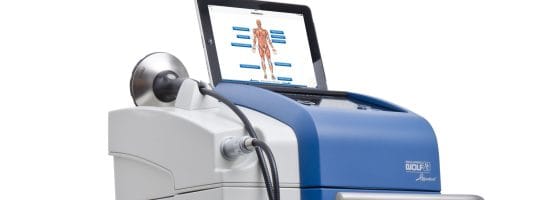
Why choose shockwave therapy?
Shockwave is crazy safe! And it is all mechanical, and the body loves mechanical energy to heal we call it – mechanotransduction. We know the cells responsible for healing respond to mechanical load, so we stimulate them that way with shockwave therapy.
There are several benefits for using shockwave therapy for plantar fasciitis. The main ones being:
1) Pain relief
a. Subsequently improving mobility
2) Quick and easy to deliver
a. Only 3-5 sessions may be needed for a good result.
3) Long term, lasting effects
Granted, there may be some negative responses which can included:
- Swelling and or soreness
- Skin irritation,
- Bruising
But these rarely last beyond 24 hours.
These usually come about if the energy delivered was too much. That could mean the energy was too high or the total energy was too much.
You learn from these “mistakes” and build up a good internal “data-bank” which helps you tailor the treatment for your patients.
Overall, rest assured, shockwave therapy is an excellent and effective treatment for plantar fasciitis for reducing pain and improving function.
If you feel this type of treatment would suit you then please get in touch to book an appointment.
